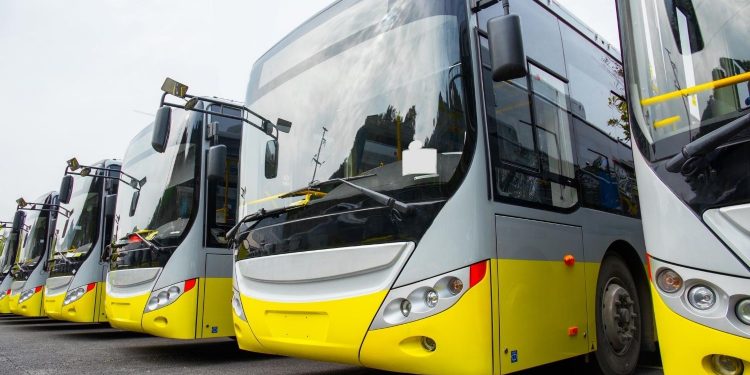As technology integrates with modes of transportation, public transit will change. To learn what these innovations could look like, read our brief guide.
In economics, any sort of wait time represents an inability to supply what people demand. Traffic and other delays represent a similar kind of failure by a city. In particular, these difficulties communicate a failure to streamline present transportation options and to promote worthwhile alternatives.
Cities need a change, and new technologies and economic models suggest how public transportation will change in the future. Here are some tangible examples of how things could evolve.
Self-Driving Everything
Perhaps the most publicized, the self-driving car and bus is coming to a city near you. On a broad scale, these vehicles promise (threaten?) to upend current ways of doing things. Once perfected, self-driving buses will eliminate human error while besting human drivers’ efficiency. This will cut down on accidents while attracting new riders because of buses’ improved speed and frequency, the two factors people care the most about.
A Shift To Mobility-as-a-Service
As roads flood with driverless vehicles, a mobility-as-a-service (MaaS) model will grow. Private car ownership in urban areas will plummet as people see the advantages to trading it for a quick and easy public transit network. And as car-free streets become the future of cities, which has so many benefits beyond decreased traffic, public transit will only become faster.
The idea behind MaaS is that, rather than pay for a car, gasoline, maintenance, and repairs, you would pay a subscription-like fee to a company (or the city) that handles transit. While this means you won’t own anything, you also escape lump-sum car repair costs.
Personal Rapid Transit
When considering how public transportation will change in the future in light of a pandemic, the need for private means of getting around is clear. Some propose a personal rapid transit (PRT) model that is essentially a subway system with small, personal cars. Rather than a pie-in-the-sky idea, Morgantown, West Virginia, already has a PRT system that connects the three West Virginia University campuses.
Another form of PRT, though it may not go by that name, is a pod-centered conception. This involves a seamless urban roadway system that allows small pods to join and exit via a smart data network. As they join in motion, which saves time, passengers can transfer to another pod to prep for another leg of their journey.



